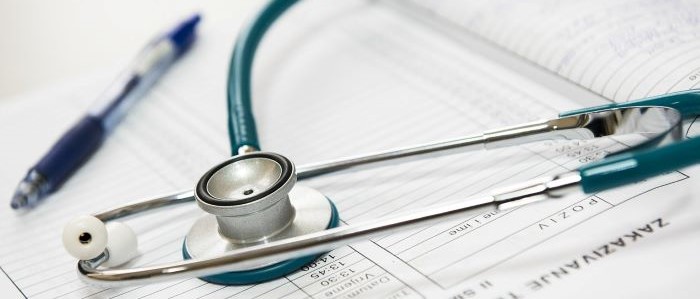Pulsed Ultrasound Attenuates the Hyperglycemic Exacerbation of Myocardial Ischemia-Reperfusion Injury Through Vagus Nerve and Acetylcholine Signaling
Publication Date
5-2019
Document Type
Presentation
Disciplines
Medicine and Health Sciences
Abstract
Objective: Acute hyperglycemia is common in patients with myocardial infarction and independently associated with larger infarct size, impaired left ventricular function, and higher mortality. Hyperglycemia enhances inflammation and oxidative stress by activating splenic leukocytes, which can potentially be modulated by pulsed ultrasound (pUS). We hypothesized that pUS would attenuate the hyperglycemic exacerbation of myocardial ischemia-reperfusion injury (IRI) by directly activating splenic acetylcholine receptors or indirectly through vagus nerve signaling.
Methods: Acute hyperglycemia was induced in wild-type C57BL6 (WT) or acetylcholine-receptor knockout (Chrna7 KO) mice by intraperitoneal injection of 20% glucose (10 μL/g body weight) 15 minutes before occlusion of the left coronary artery (LCA). pUS (frequency 7 MHz, bursting mechanical index 1.2, duration 1 second, repeated every 6 seconds for 2 minutes, 20 second total exposure) or control B-mode US (frequency 14 MHz, mechanical index 0.99) was performed at the spleen or neck after glucose injection and 10 minutes before LCA occlusion. The LCA was temporarily occluded for 20 minutes, followed by 60 minutes of reperfusion. Heart and blood were then harvested for analysis.
Results: Acute hyperglycemia (mean plasma glucose of 343.3±10.6 g/dL) significantly increased infarct size in WT mice (16.1±4.6 vs. 3.9±0.6% of risk region, p=0.03). This effect was attenuated by pUS treatment of the spleen (5±1.5%, p=0.03) but not by B-mode US. Hyperglycemia similarly increased infarct size in Chrna7 KO mice (22.4±6.8 vs. 1.4±0.3%, p=0.008), however there was no effect of pUS of the spleen (22.1±6.4%, p=0.97, Figure). pUS treatment at the neck abrogated the hyperglycemic infarct exacerbation in WT mice (3.5±1.5%, p=0.01), with an effect comparable to that of pUS of the spleen. However, the cardioprotective effect disappeared in mice with bilateral vagotomy (21.8±5.5%, p=0.44). An additional group of WT mice was treated with pUS at the neck 24 hours prior to hyperglycemia and IRI. The infarct-sparing effect observed (5.4±3%) was similar to the effect seen with pUS 10 minutes before LCA occlusion (p=0.9). Both spleen and neck pUS significantly decreased the acetylcholine level in the spleen (Spleen pUS: 6.9±1.3 vs. Control: 11.8±1.3 μM, p=0.03; Neck pUS: 7.8±0.8 μM, p=0.03) and increased the level in plasma (Spleen pUS: 13.3±0.5 vs. Control: 11.4±0.2 ng/mL, p=0.02; Neck pUS: 15.7±0.5 ng/mL, p=0.001).
Conclusions: pUS treatment of the spleen or neck attenuated the hyperglycemic exacerbation of myocardial IRI leading to a 3-fold decrease in infarct size. The vagus nerve/nicotinic acetylcholine-receptor signaling pathway appears to be responsible for the protective mechanism of action. pUS is a non-pharmacologic and noninvasive treatment that may reduce infarct size in patients undergoing PCI or CABG for acute MI.
Recommended Citation
Eric J. Charles, Yikui Tian, Aimee Zhang, Di Wu, J. Hunter Mehaffey, Joseph C. Gigliotti, Alexander L. Klibanov, Irving L. Kron, Zequan Yang, Pulsed Ultrasound Attenuates the Hyperglycemic Exacerbation of Myocardial Ischemia-Reperfusion Injury Through Vagus Nerve and Acetylcholine Signaling, AATS 99th Annual Meeting, May 2019, https://www.aats.org/aatsimis/AATSWeb/Association/Meetings/Annual_Meeting/99th_Annual_Meeting/AATS_99th_Annual_Meeting_Abstracts/2019-a-839-AATS.ASPX




Comments
Presentation abstract from American Association for Thoracic Surgery 99th Annual Meeting in Toronto, ON.